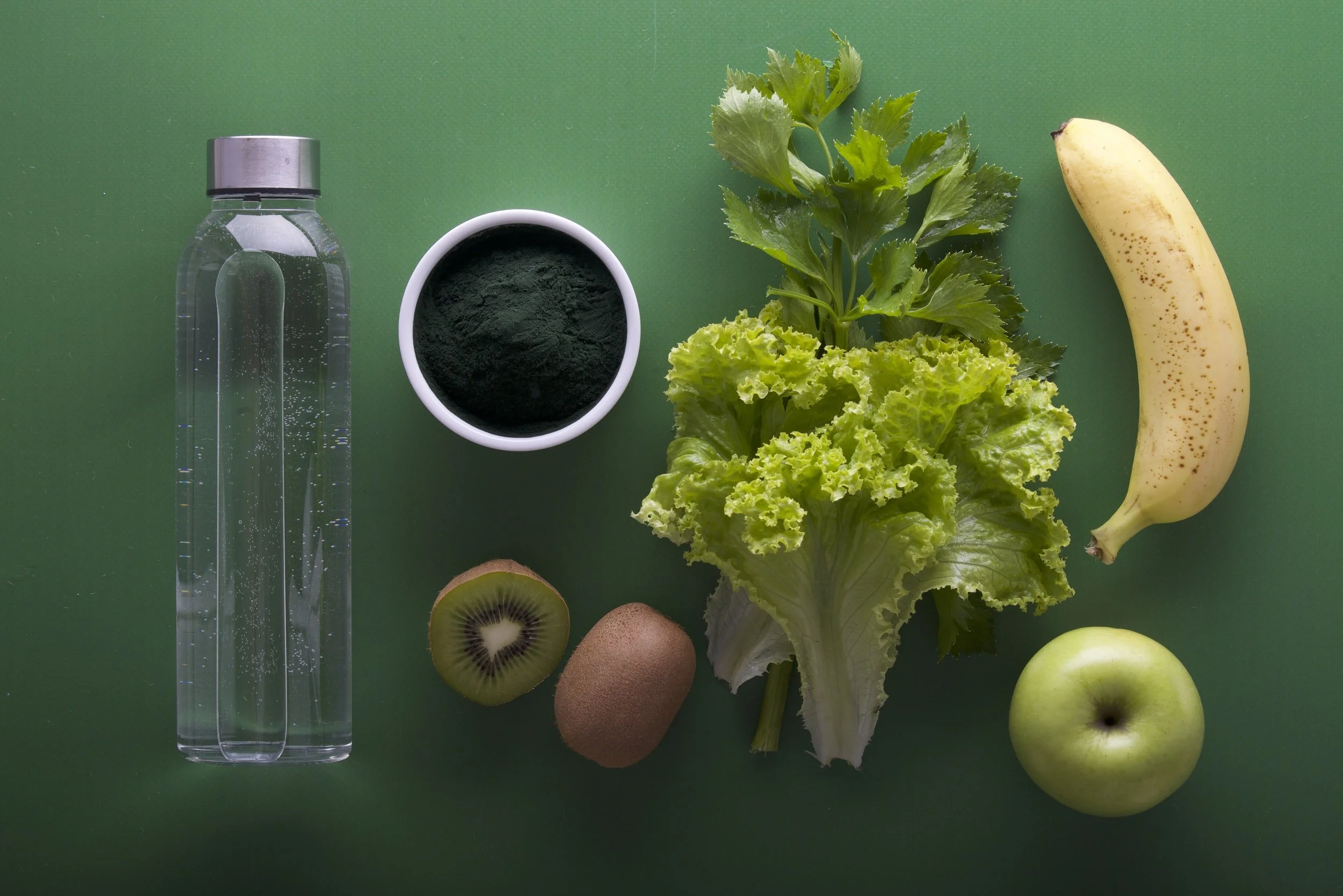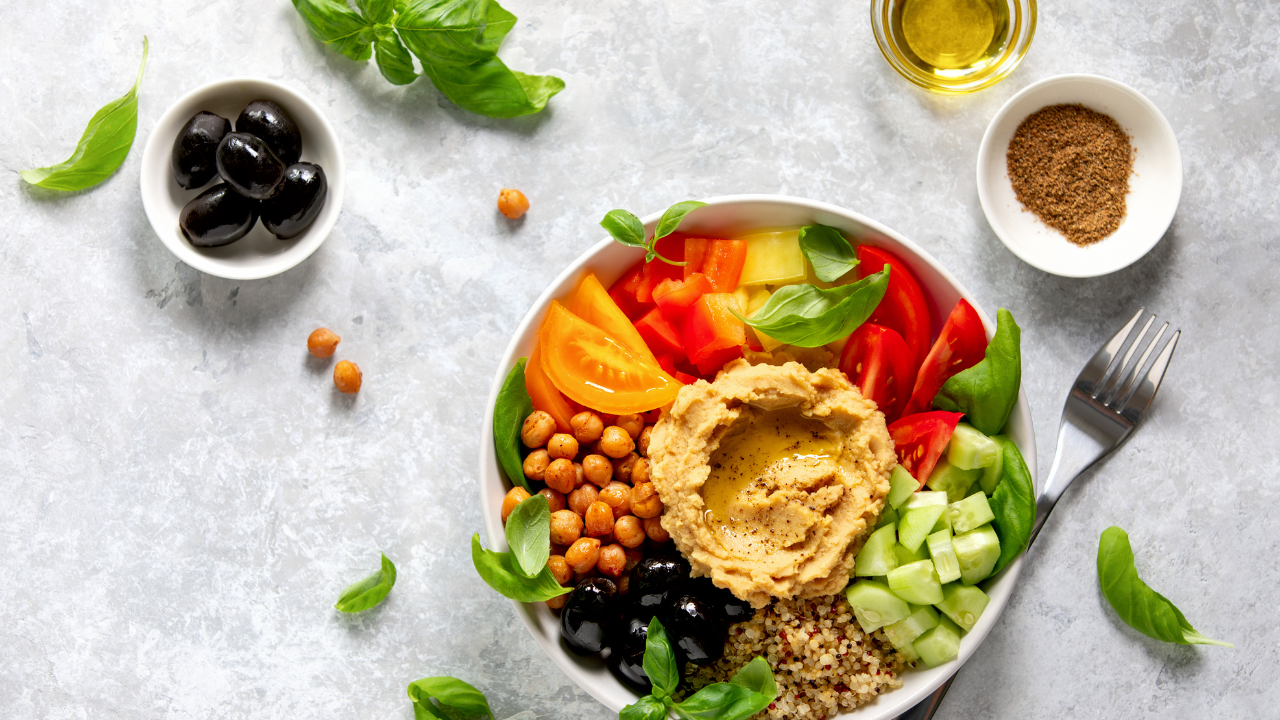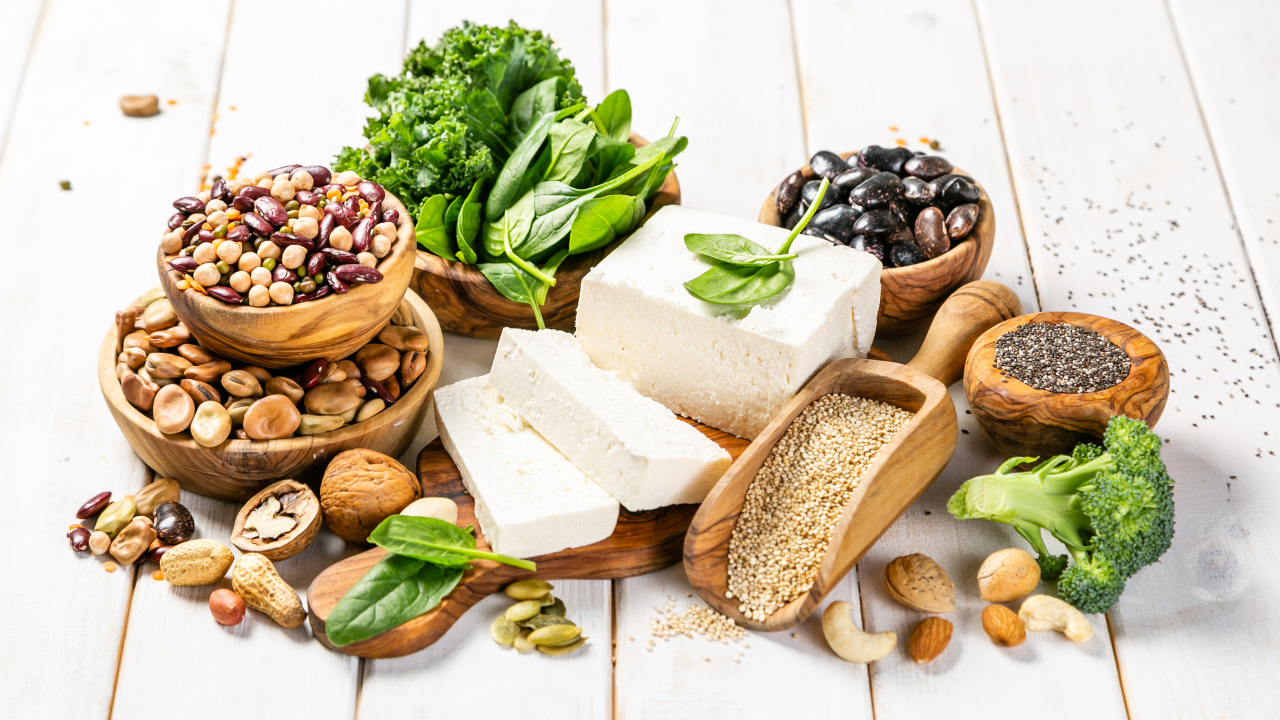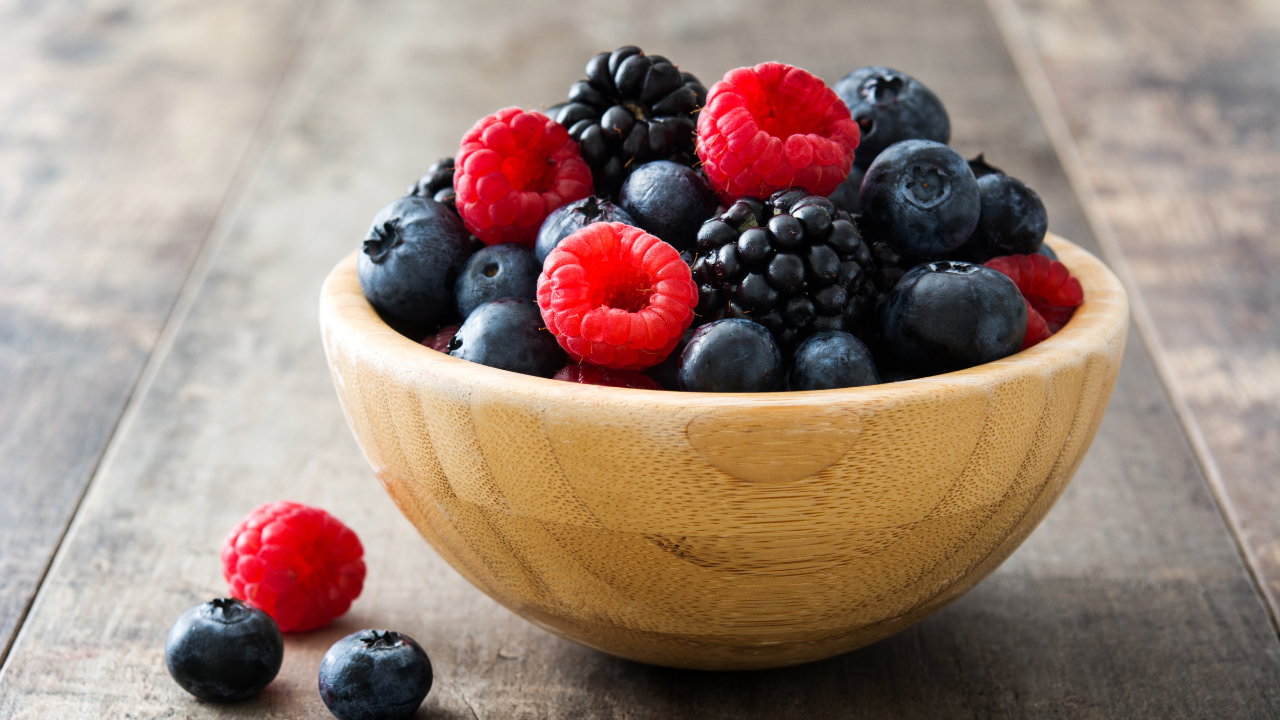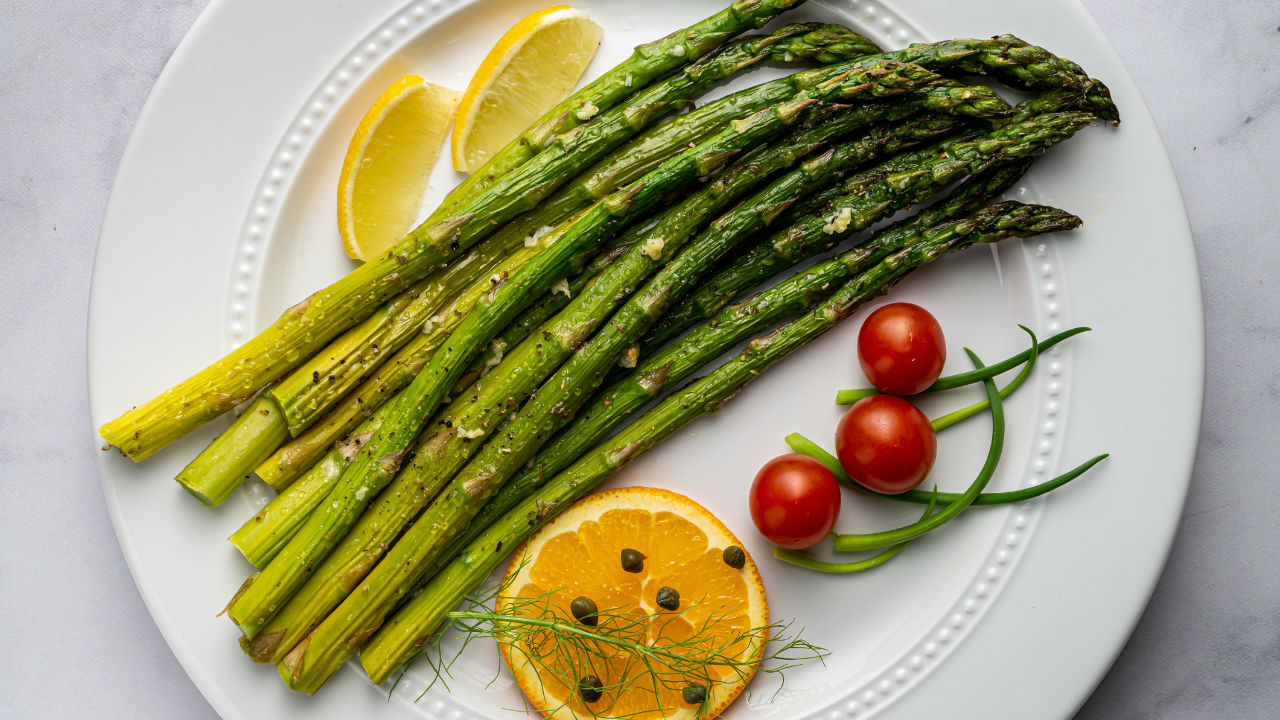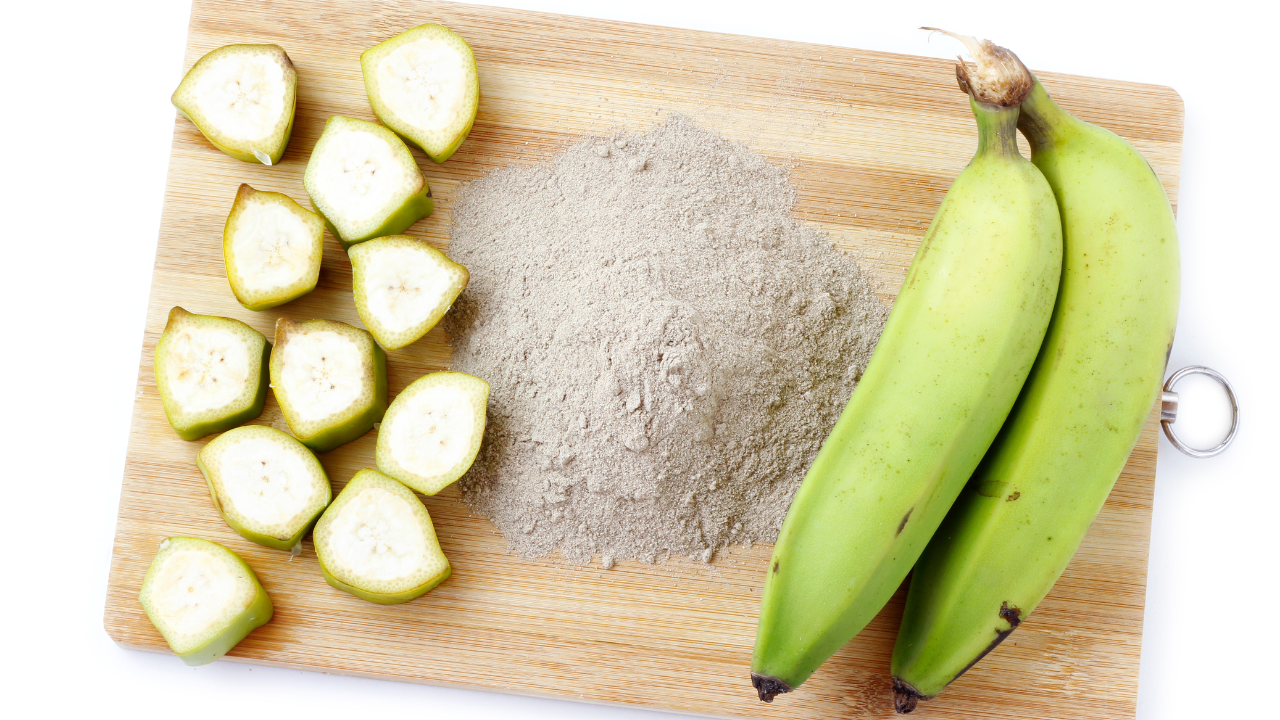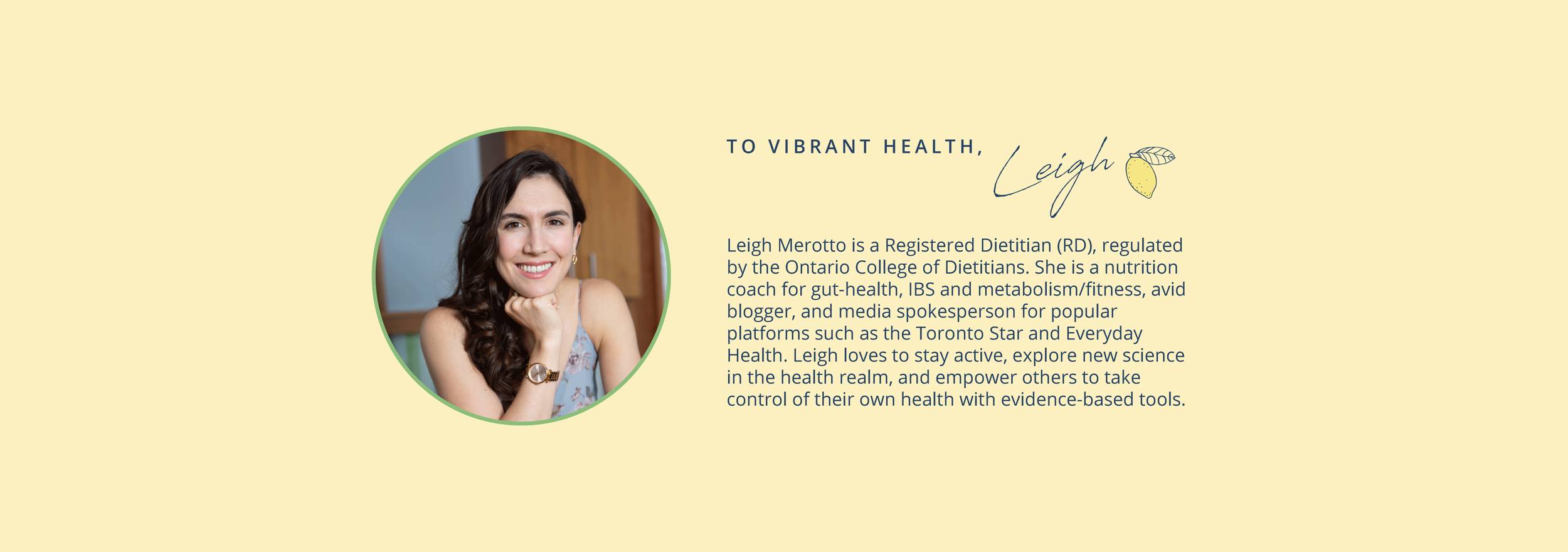Gut Microbiome: What Is It and How Can We Better Support Our Gut Bugs?
If you’re here, you’re probably curious to know a little more about the gut microbiome, a term that’s become very popular in the health space in recent years. And for a very good reason!
The gut microbiome consists of trillions of living microbes in your gut (AKA your digestive tract - all the way from your mouth until your anal canal). The microbiome is estimated to include the same amount of bacterial cells as human cells - wild! The microbiota inhabiting our gut not only include bacteria, but also fungi, protozoa, viruses, and archaea.
What is the Role of the Gut Microbiome?
The gut microbiome has a range of essential roles for both our brain and our body. A diverse & robust microbiome is key for:
Mental Health: producing neurotransmitters, gut-brain communication.
Metabolism: increasing insulin sensitivity, allowing for carb/protein/fat utilization, managing blood sugar, aiding satiety signaling.
Digestion: preventing intolerances, supporting a strong gut lining, breaking down food, fermenting non-digestible fibres to form SCFA (short-chain fatty acids).
Immunity: acting as a defence mechanism, fighting infection, preventing disease.
How Do We Define a Healthy Microbiome?
Although scientists have not yet quantified what an ideal or healthy microbiome looks like (just yet), what we do know, is that we want a diverse and robust population of microbes.
In other terms, we want a large variety of types and species of different microbe colonies in our gut.
While we will always have some ‘bad’ organisms in our gut, ideally we want the bad to outweigh the good and in a ‘synbiotic balance.” This means, having the organisms work together to support our health.
Dysbiosis, IBS & SIBO
If one or more of the colonies of microbes in our gut are out of balance, this is known as dysbiosis. The result is less than optimal digestive function.
SIBO, known as Small Intestinal Bacterial Overgrowth, is one type of intestinal dysbiosis and is now thought to be highly prevalent in those with IBS.
Though there is still much more we need to learn, those with IBS are thought to have a less diverse and less than optimal gut microbiome than those without the condition, meaning that dysbiosis was likely at the root of their IBS development.
Unfortunately, due to those with IBS and SIBO restricting their food options to help with symptoms, gut microbiome become less diverse over time. This is because our gut microbiome needs a wide diversity of plant foods to help it thrive.
What Influences Our Gut Microbiome?
Each of us has a very unique gut microbiome. Our unique microbiome composition is influenced by genetics, diet, lifestyle, medication use, medical conditions, sleep, stress and so much more.
Before diving into how to better support our gut microbiome, I will first talk about what can negatively impact it.
Our gut-microbiome can be worsened or damaged by things such as:
High-stress levels
Poor sleep hygiene
Alcohol intake
Food poisoning or other gastrointestinal infections, such as C. Difficile
Food intolerances
Unmanaged medical conditions such as Celiac & Inflammatory Bowel Disease
Medications: such as Metformin, NSAIDs (Non-Steroidal Anti-Inflammatory Drugs such as Tylenol and Advil)
Broad-spectrum antibiotics
Environmental toxins
Recreational drugs
Mold toxicity
Diet: lack of fibre and MACs (microbiota accessible carbs), high intake of saturated fats and animal proteins, and a lack of diet diversity (eating the same foods all the time)
As I chat about in my FREE masterclass ‘5 Secrets to Find Freedom From IBS & Painful Bloating’. - excessive food restriction can affect the health of our gut-microbiome which can further worsen digestive health for the long term.
It’s important to note that these factors can’t always be avoided, and addressing each of them is very intricate and individualized. However, if there are factors that can better be controlled in your life, then these would be important to consider. For example, preventing food poisoning would be a great way to help protect your microbiome. To do so, practicing proper food handling and food safety such as washing your food, storing leftovers properly, and cooking meats and fish to internal temperatures could be helpful preventative strategies to implement.
In my Gut Harmony Method program, we talk about how to find balance in our lifestyle and diet choices to ensure that our positive habits (such as diet diversity, stress management, sleep) outweigh the negative (such as occasional alcohol, as needed Advil use, etc.).
How Do We Help Our Gut Microbiome Thrive?
What we eat over a long period of time, has a dramatic influence on our gut microbiome. While eating well one day might have a small impact, it is what we do over time that really counts.
I will dive deeper into the different nutrition components and lifestyle strategies that are essential for a healthy gut microbiome.
Nutrition For a Diverse Gut-Microbiome
FIBRE
Fibre is an indigestible carbohydrate that (unlike a typical carbohydrate) will not be broken down into sugar and therefore not alter blood sugar levels while still keeping you full. Fibre is found only in plant foods, not animal foods (such as meats, fish, eggs, or dairy).
Fibre supports our digestive tract, eliminates wastes, and helps us feel fuller with MACs and SCFAs.
MACs (Microbiota-accessible carbohydrates) are carbohydrates that are resistant to digestion by a host's metabolism and are considered the functional form of dietary fibres. MACs are a main source of energy for gut bacteria. So, the abundance and variety of MACs can modulate gut microbial composition and function.
SCFAs (Short-chain fatty acids) are fatty acids with less than six carbon atoms and are vital to gastrointestinal health as they are the main energy source of colonocytes (epithelial cells of the colon). When fibre enters your digestive tract, enzymes from the microbiota help to break it down, producing SCFAs. SCFAs may change the gut PH of your colon, making it less hospitable to some damaging types of microorganisms. They may also help support metabolism by improving insulin sensitivity, weight regulation, and reduced inflammation with increases in gut-derived short-chain fatty acids, all of which may reduce the risk of developing metabolic diseases.
Example Sources of Fibre:
Nuts: walnuts, pistachios, almonds, hazelnuts
Seeds: chia seeds, flaxseeds, sunflower seeds, pumpkin seeds
Legumes & Pulses: lentils, black beans, chickpeas
Vegetables: artichoke, peas, corn, spinach, turnip
Fruits: raspberries, pears, oranges, apples
Whole Grains: oatmeal, brown rice, quinoa, barley
Fibre recommendations include 25 grams for adult females and 35 grams for adult males each day.
Tips to Add More Fibre:
Choosing whole grains more often
Have a plant-based meal at least 2-3 times per week
Choose fruits for afternoon snacks
Make half your plate veggies for at least 2 meals a day
PLANT-BASED PROTEINS
Although protein can be found in both animal and plant sources, excess animal protein has been shown to have a negative effect on the gut and increase your risk of IBD. Therefore, incorporating more plant-based proteins may be key to supporting gut microbiota while maintaining adequate protein in the diet. Additionally, many plant-based proteins are low in saturated fat (a commonly perceived offender in exacerbating IBS). Some plant-based proteins (like legumes) are also rich in fibre which as previously explained, can support gut health.
Source of Quality Plant-Based Proteins:
Tofu
Tempeh
Edamame
Lentils, Chickpeas & Beans (also contain some carbs)
Protein Boosters: pumpkin seeds, sunflower seeds, or nutritional yeast
How to Incorporate:
Prep your lentils ahead of time so you can add them to different meals throughout the week
Add nuts to your oatmeal for extra protein in the morning
Use pumpkin seeds or sunflower seeds to top your salad
Use nutritional yeast as a substitute for parmesan cheese or as a popcorn topper
POLYPHENOLS
Polyphenols are plant compounds that function as important antioxidants to help prevent gut damage. Polyphenols help protect the gut by enhancing the growth of beneficial bacteria and inhibiting the growth of pathogens. This allows for a more ideal environment for the gut to function in, limiting instances related to the gut’s health and balance being compromised.
Top sources:
Beans
Berries
Dark Leafy Greens (arugula, bok choy, collard greens, kale, baby spinach, swiss chard, etc.)
Dark Purple Fruits & Veggies (eggplant, purple potato/cabbage, plums, acai, etc.)
Green Tea
Dark Chocolate & Cocoa
Nuts & Seeds
Tips to Incorporate:
Add some berries to your morning cereal/oatmeal
Swap your morning coffee with green tea
Add some leafy greens and berries into your next smoothie or omelet
PREBIOTIC FOODS
These are non-digestible fermentable fibers that help ensure better gut health. They do this by increasing the growth of good bacteria, decreasing inflammation in your GI tract, and increasing the production of mucus to aid with digestion. This then creates a healthy microbiome to regulate your digestion.
Top Sources:
Dark Cocoa/Chocolate
Jicama
Beans & Lentils
Artichokes
Oats
Apples
Seaweed
Asparagus
Tips on How to Incorporate.
Seaweed is commonly found in sushi rolls but also can make as a tasty snack
Asparagus once roasted can taste great as a side to your main, or as a more unique topping on your next pizza
RESISTANT STARCHES
These are a type of starch that are not digested in the small intestine, instead, they pass to the large intestine where they serve as an energy source for our gut bacteria. These starches act as a “prebiotic” (fuel for our gut bacteria) making them helpful in ensuring a healthy gut.
Top sources:
White Potatoes, Sweet Potatoes (cooked and cooled)
Rice, Quinoa, and Pasta (cooked and cooled)
Green Banana Flour
Beans, Chickpeas & Lentils
Green Plantain
Tips on How to Incorporate.
Making rice, quinoa & potatoes in a batch/batches and having the leftovers for the next 3-4 days
Add 1/4 cup beans or lentils to your salads, stews, bowls
Add 2 tbsp raw, rolled oats to your smoothies
Try overnight oats for breakfast
Lifestyle Support For Our Gut-Microbiome
MANAGING STRESS
Stress impacts our gut microbiome due to its impact on digestive functioning.
Chronic stress can negatively impact digestion by:
Weakening intestinal barrier/lining
Impacting motility (speeding up or slowing down gut movement)
Changing gut immune response
Impacting our gut bacteria & microbiome
Tips for Managing Stress:
Sleeping well (7-9 hours of quality sleep) can be done by creating a standard night routine at a consistent time each night.
Daily self-care can be done by taking time for yourself, either going on a walk, meditating, taking a bath, etc. Any activity that is for you and benefits your health or wellbeing.
Regular movement can be done by setting a goal of moving your body a set amount of days per week or choosing to walk more rather than driving. Anyway you chose to regularly keep your body moving, but also granting your body the rest it deserves!
Setting boundaries means allowing yourself to say “no” when too much is being asked of you. Doing so, will allow you the time to rest and recover for any other tasks and responsibilities you are already carrying.
Eating well involves limiting processed foods/alcohol/sweets while incorporating more plant-based foods, water, and healthy fats. Maintaining a balanced diet that suits your lifestyle is also a form of self-care!
Stimulating your vagus nerve is commonly practiced through deep breathing exercises such as those found in meditation.
You may want to read: Vagus Nerve: Its Role in IBS and SIBO and How to Improve Function for Better Digestive Health
SLEEP HYGIENE
Sleep duration and quality may impact your gut microbiome due to the brain-gut-microbiome axis. A 2019 study found that microbiome diversity is significantly and positively correlated with sleep efficiency (the percentage of time we spend asleep while in bed). Additionally, the study found the interruption of nocturnal sleep (sleep fragmentation) was negatively associated with microbiome diversity. Therefore the more sleep acquired, the more microbiome diversity was witnessed while the more interruptions of sleep, the less microbiome diversity witnessed. This, therefore, proposed the notion that microbiome diversity (a healthy gut) and quality of sleep are connected.
Tips to Improve Sleep Quality & Duration:
Go to bed and wake up at a consistent time each day. Try setting an alarm an hour before you want to go to bed or wake up to ensure that you roughly meet your sleep goal each day.
Create and stick to a nightly sleep routine. Building a sleep routine is essential in winding down the body and preparing it for rest. These include things you probably already do each night such as washing your face and brushing your teeth.
You may want to read: Why Good Sleep Hygiene is Essential For IBS Freedom and Optimal Gut Function
Closing Thoughts
For those of you living with IBD, IBS, and/or SIBO, you might be thinking that many of these fibre and prebiotic-rich plant-based foods currently bother you. If you are having issues tolerating foods, the answer is not more restriction! Please reach out so we can work together to look deeper into your diet and lifestyle, identify your specific triggers, and create a plan to help you increase your diet diversity and build up your gut microbiome while finding freedom from symptoms.
If you're interested in working together 1:1, apply for coaching with me here.
P.S. Want to save TIME, STRESS and MONEY while optimizing your gut-health with a proven meal planning and prepping system? Get my complete guide to Gut-Friendly Meal Planning & Prepping Workshop + Resource Bundle!

